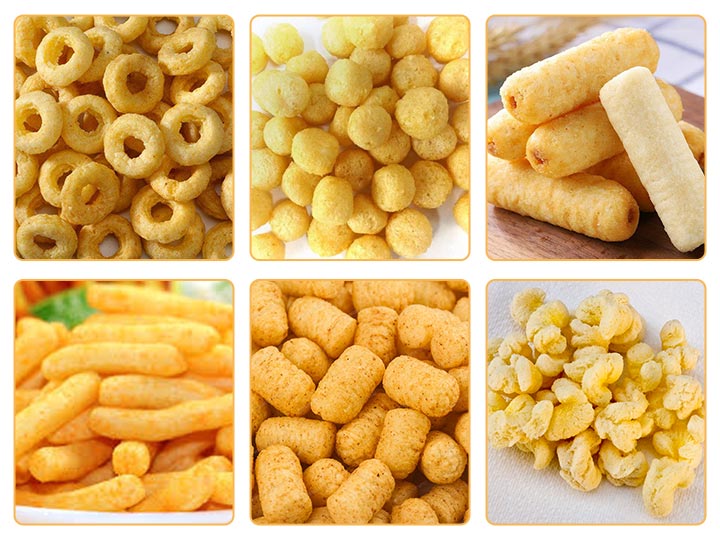todozoo.com – The world of snacks is vast and varied, with textures ranging from crunchy to chewy, and flavors from savory to sweet. Among these, a unique category stands out for its lightness and airy texture: inflated snacks. These puffed and fluffed treats have a history that is as intriguing as their texture is delightful. From ancient civilizations to modern-day food science, the journey of inflated snacks is a testament to human ingenuity and the universal love for a good snack.
Ancient Origins
The concept of inflated snacks is not a modern invention. Evidence suggests that the art of puffing grains dates back to ancient civilizations. In Peru, archaeologists have discovered traces of toasted corn that resembles modern-day popcorn, dating back to as early as 3600 B.C. Similarly, in Mexico, the Aztecs were known to prepare a dish called “totopos,” which were thin, puffed tortillas made from corn. These early examples demonstrate the human fascination with transforming grains into light, airy snacks.
The Industrial Revolution and Beyond
The production of inflated snacks took a significant leap forward during the Industrial Revolution. With the advent of new technologies and machinery, it became possible to mass-produce these snacks. In the early 20th century, the invention of the puffing gun by Alexander Anderson revolutionized the industry. This device used high-pressure steam to puff grains, leading to the creation of popular snacks like Kix and Shredded Wheat.
The 1940s and 1950s saw further innovation with the introduction of extrusion cooking. This process involves forcing dough through a shaped die at high pressure and then cutting it into pieces. When the dough emerges, the drop in pressure causes the water in the dough to turn into steam, puffing up the snack. This technique is still used today to make a wide variety of snacks, from breakfast cereals to cheese puffs.
The Science of Puffing
The science behind puffing involves the rapid expansion of starches within grains. When grains are subjected to high temperatures and pressures and then quickly released, the starches within them gelatinize and expand. This process creates the characteristic light and airy texture of inflated snacks. The type of grain, the moisture content, and the specific conditions of heating all influence the final texture and taste of the snack.
Modern Innovations
Today, the market for inflated snacks is more diverse than ever. Manufacturers continue to experiment with different grains, flavors, and textures to cater to a wide range of tastes and dietary needs. From classic cheese puffs to whole-grain breakfast cereals, and even vegan and gluten-free options, there’s an inflated snack for everyone.
Moreover, advancements in food technology have allowed for the creation of snacks that are not only delicious but also nutritious. Many inflated snacks are fortified with vitamins and minerals, making them a healthier snacking option.
Conclusion
The history of inflated snacks is a story of creativity and evolution. From ancient civilizations to modern-day food laboratories, the quest to create the perfect puffed and fluffed snack has led to a variety of delicious and convenient treats. As consumers continue to seek out new and exciting snacking experiences, the future of inflated snacks looks as bright and airy as the snacks themselves.
